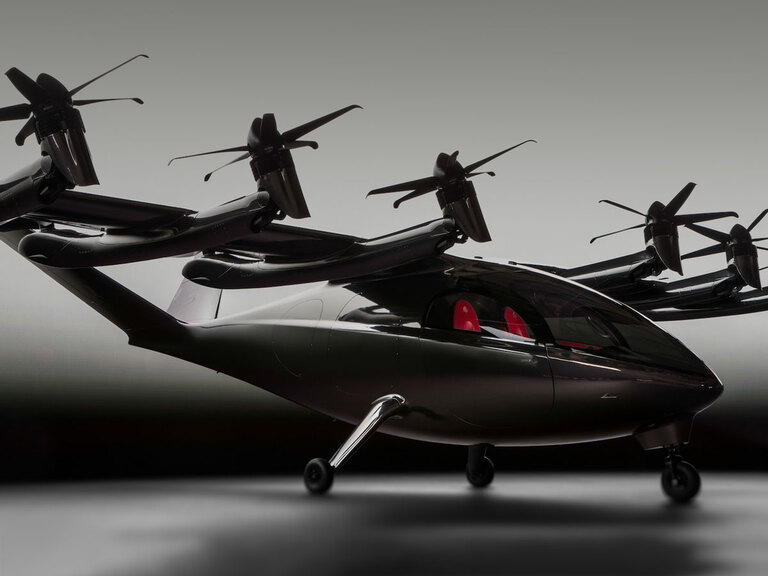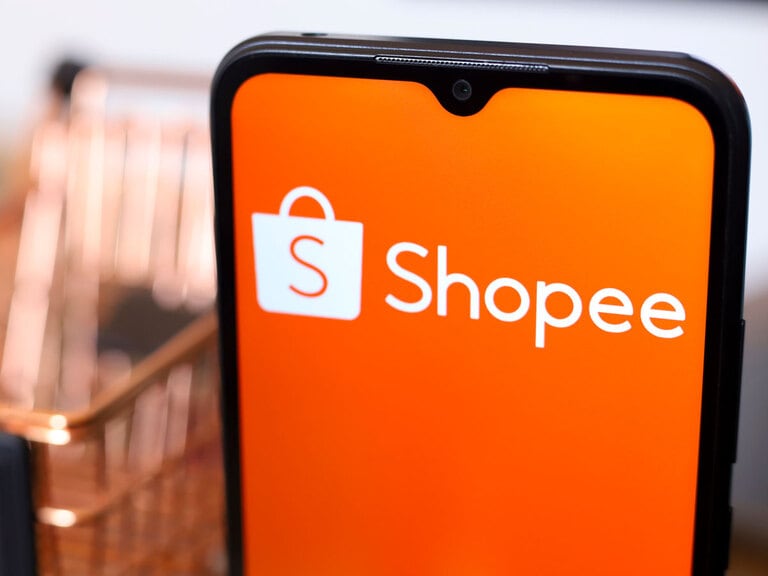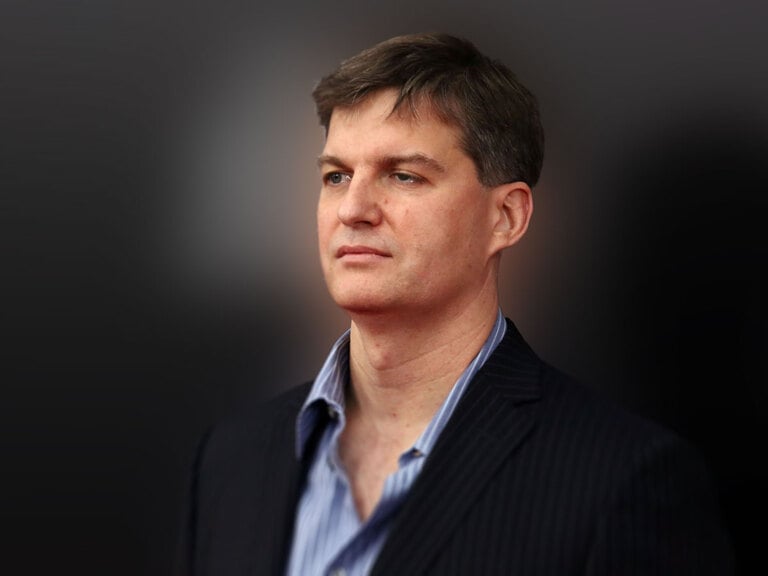Unity [U] develops software that game developers use to make video games. Its engine underpins titles such as Pokémon Go and Angry Birds 2.
The company has had a challenging few years — changing CEOs and taking a detour into the metaverse — but there are signs that U stock could be recovering.
Here, we compare Unity to two close competitors, and explore whether or not its purported comeback is here to stay.
Unity Comes Back to Reality
Since 2021, Unity has had one foot in the metaverse. Former CEO John Riccitiello told employees that Unity was going to “go from being a player in this space … to being the leading artist platform for literally everything”.
Unity’s new CEO Matthew Bromberg, however, recently indicated that Unity’s foray into the metaverse — which has not reaped the rewards that Riccitiello had hoped — is at an end.
The company will turn its attention back to its “core customer base in video gaming”, Bromberg told Bloomberg Technology Thursday on October 17.
This return to reality could ultimately prove Unity’s awakening from what has been a nightmare few years. The company laid off 25% of its staff in January, following several rounds of cuts in 2023.
That same year, Unity revamped its pricing model to charge developers a flat rate based on installs rather than sales, infuriating customers and ultimately costing Riccitiello his job.
Unity Stock Pays the Price
U stock has suffered for these mishaps. Its share price has fallen 28.16% in the past 12 months and 51.77% this year — underscoring the fact that its troubles are still far from over.
Since the end of October 2021, the stock has fallen 86.97%.
There is, however, some room for optimism. Unity’s share price appears to have bottomed on August 7, and since then has gained 41.56%.
Can Unity continue this mini rally?
Unity Amongst Competitors
Let’s compare Unity’s stock to two of its competitors in the gaming industry: Take-Two [TTWO] and Roblox [RBLX].
Take-Two is one of the leading game developers in the world, with a market cap of $28.36bn and titles including the Grand Theft Auto and Red Dead Redemption franchises.
Roblox is a gaming platform that, like Unity until its recent re-pivot, is also heavily invested in the metaverse.
| U | TTWO | RBLX |
|---|---|---|---|
Market Cap | $7.83bn | $28.36bn | $27.27bn |
P/S Ratio | 3.69 | 5.12 | 8.42 |
Estimated Sales Growth (Current Fiscal Year) | -19.30% | 5.30% | 20.10% |
Estimated Sales Growth (Next Fiscal Year) | 1.50% | 45.50% | 18.80% |
Source: Yahoo Finance
The challenges that Unity is facing are laid bare by its projected revenue statistics. Revenue is expected to fall this year, and stay low next year; both Take-Two and Roblox are expected to post strong double-digit growth over the same period.
Despite this, Unity’s P/S ratio — while the lowest of the three stocks — is not that low. What, then, is the thesis underlying its valuation?
Unity Stock: The Investment Case
The Bull Case for Unity
Morgan Stanley analysts recently included Unity on a list of small-cap stock picks for a post-election trade. The analysts highlighted that small-cap stocks typically gain 25% on an absolute basis in the 12 months following a US presidential election, outperforming large caps by 6%.
The investment bank had raised its price target for Unity to $22.00 in September, reflecting more realistic forward projections given that, in its view, the company had addressed many of its challenges over the last year.
This is a relatively conservative estimate that envisages Unity stock gaining 11.56% over the next 12 months. The most optimistic target among analysts polled by LSEG, of $40.00, envisages the stock gaining 102.8% during that period.
The Bear Case for Unity
Bears will argue that Unity’s travails are far from over. The company is still grappling with losing non-core customers, despite rowing back on its controversial pricing plan. Bromberg also indicated that the company was shifting back to increasing headcount following Q2 earnings, despite the cuts last year and earlier this year — threatening to undermine the cost benefits gained by these cuts.
The median price target among analysts polled by LSEG, $20.00, implies a 1.4% increase over the next 12 months. At the most pessimistic end, a low target of $10.00 implies a 49.3% decline.
Conclusion
There could be strong upside for Unity’s share price if it is able to successfully execute its turnaround, but there are still plenty of challenges for the business. Investors should consider the risks involved and conduct thorough research before taking an investment decision.
Continue reading for FREE
- Includes free newsletter updates, unsubscribe anytime. Privacy policy





